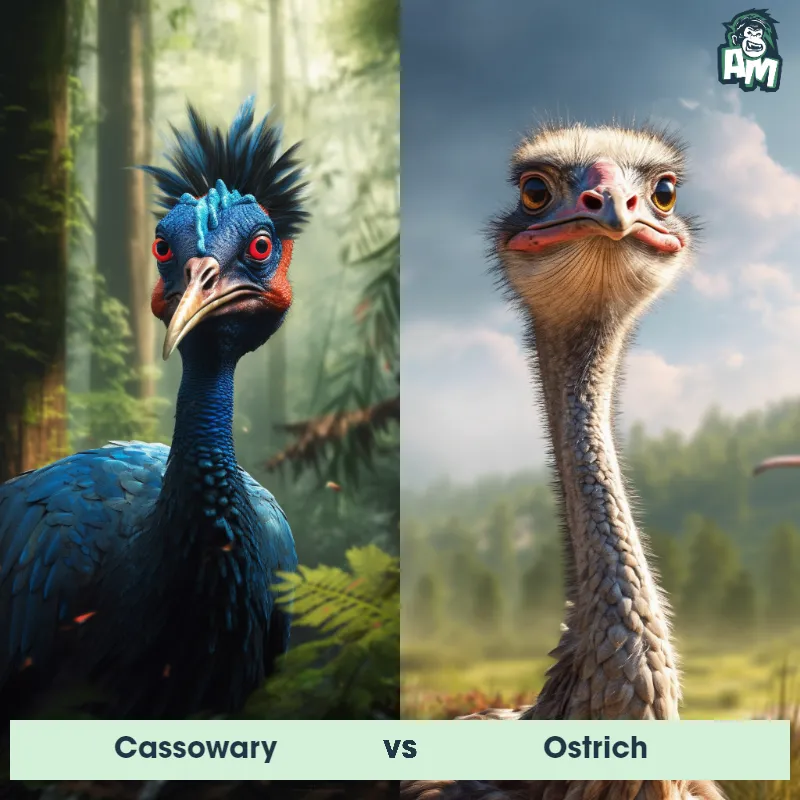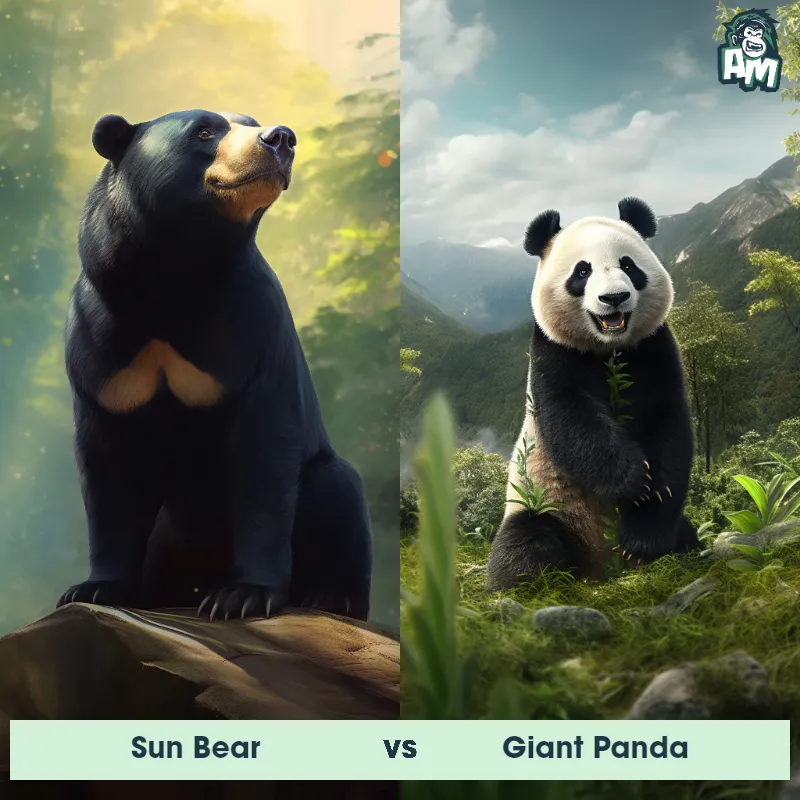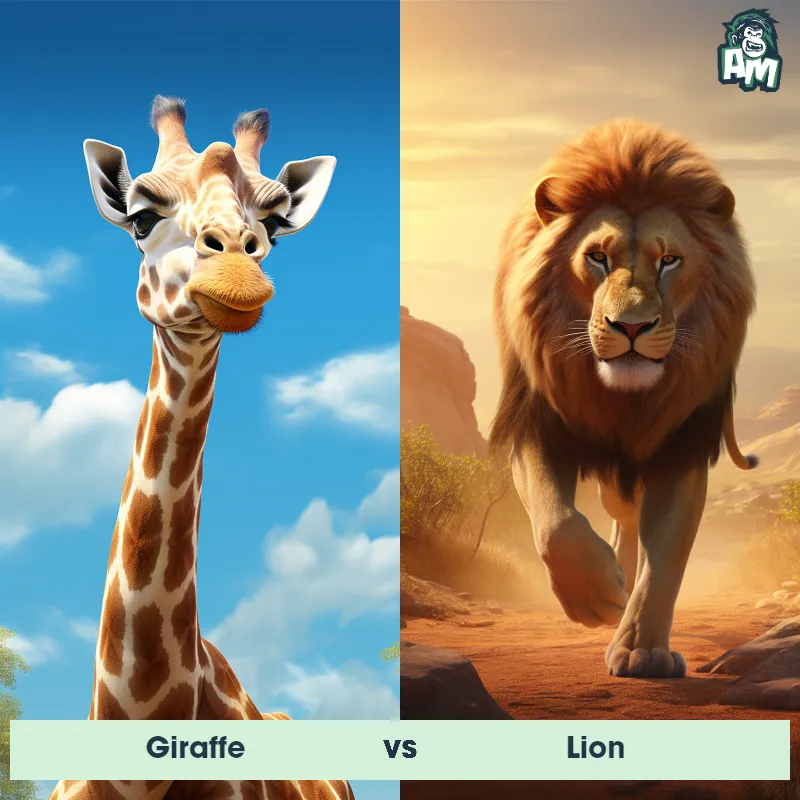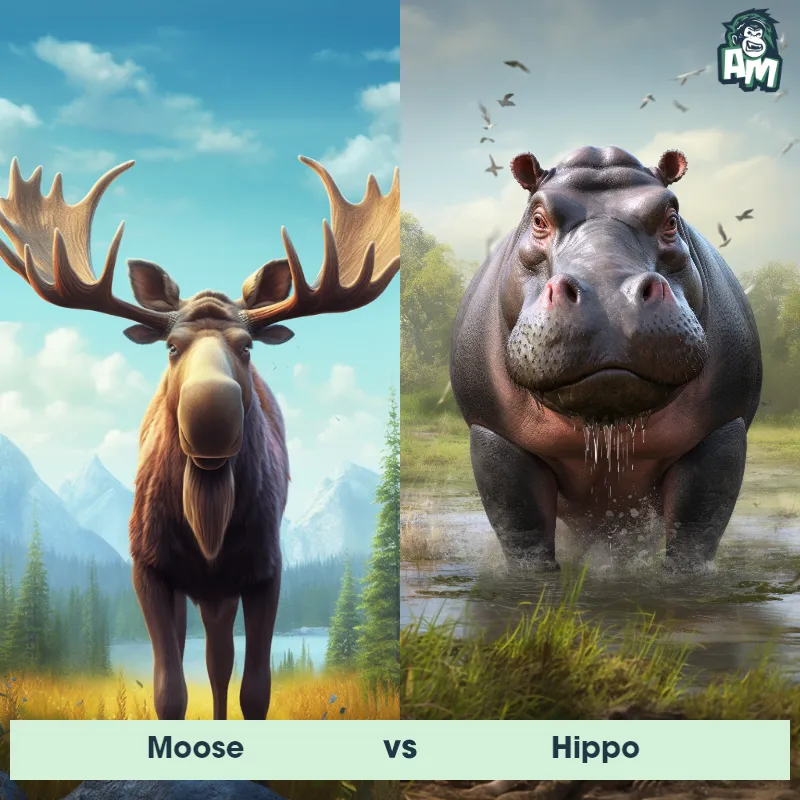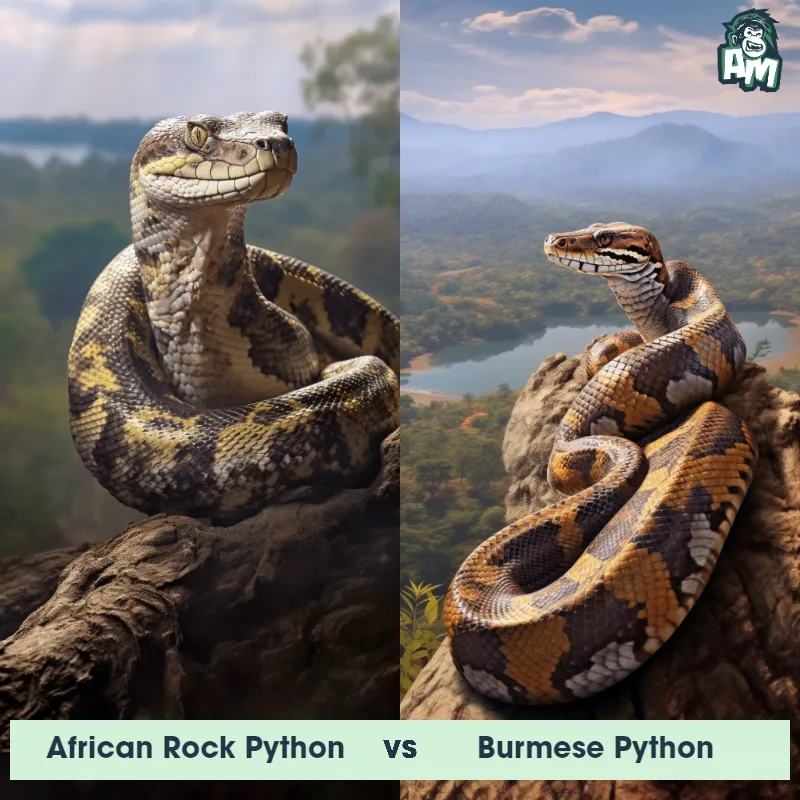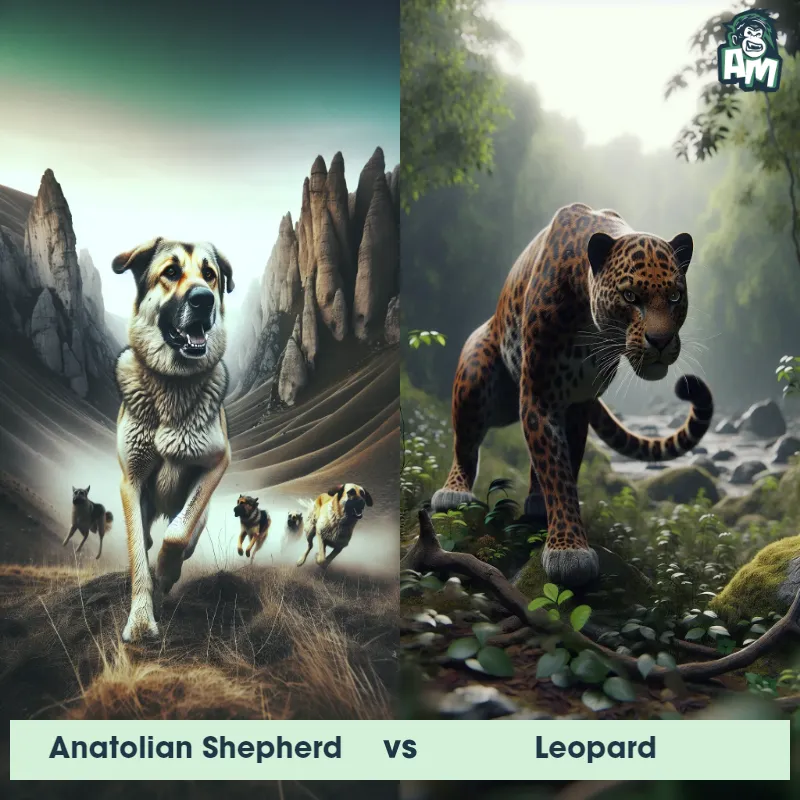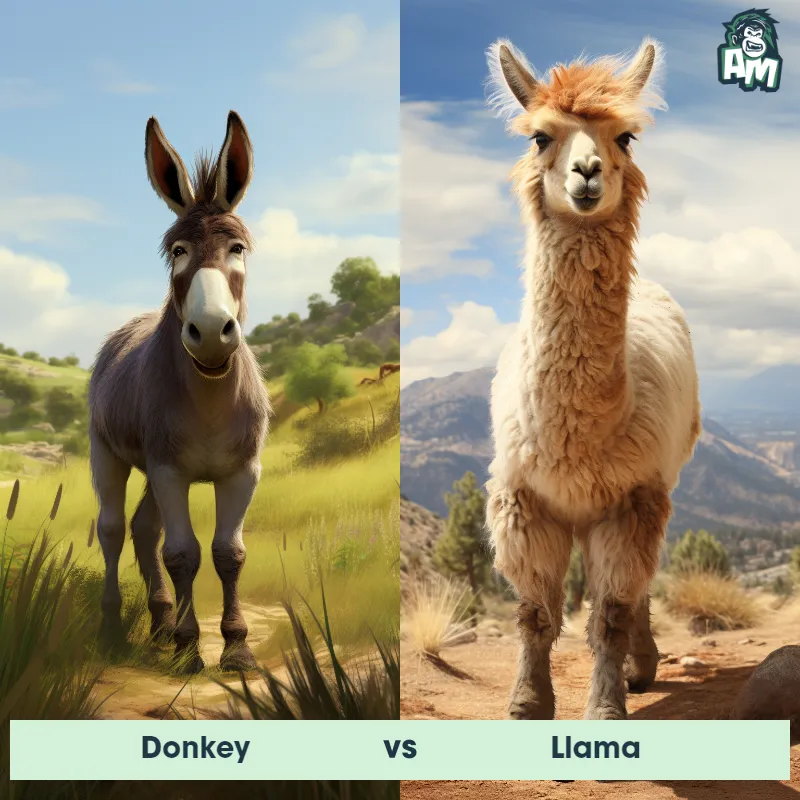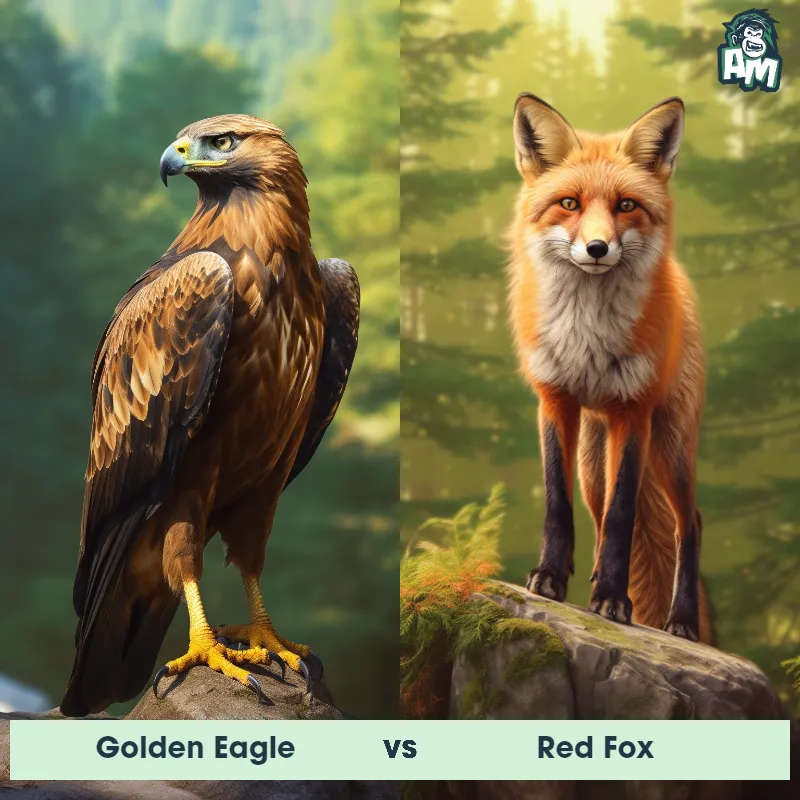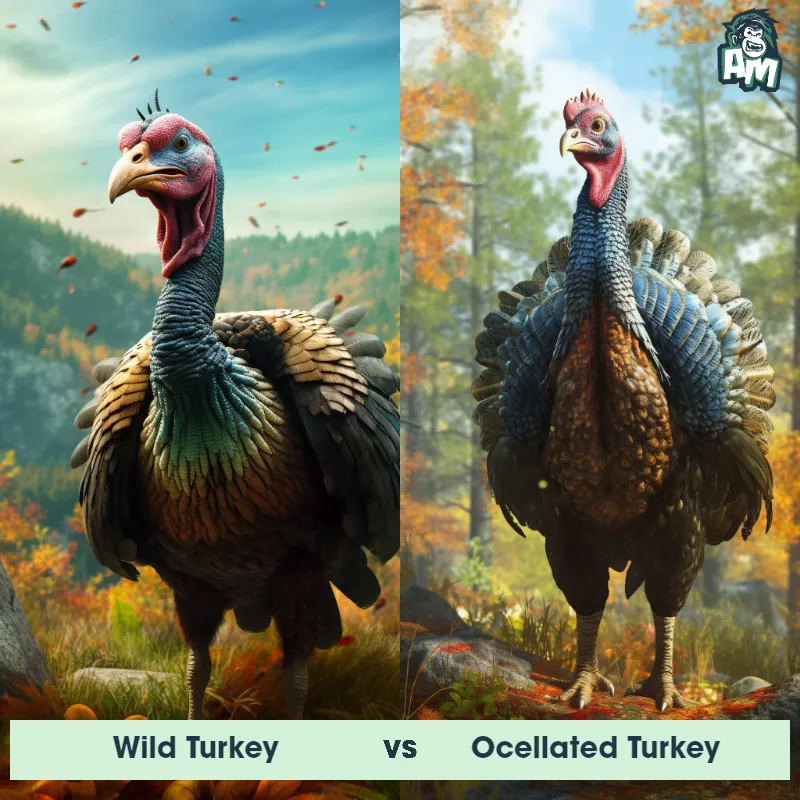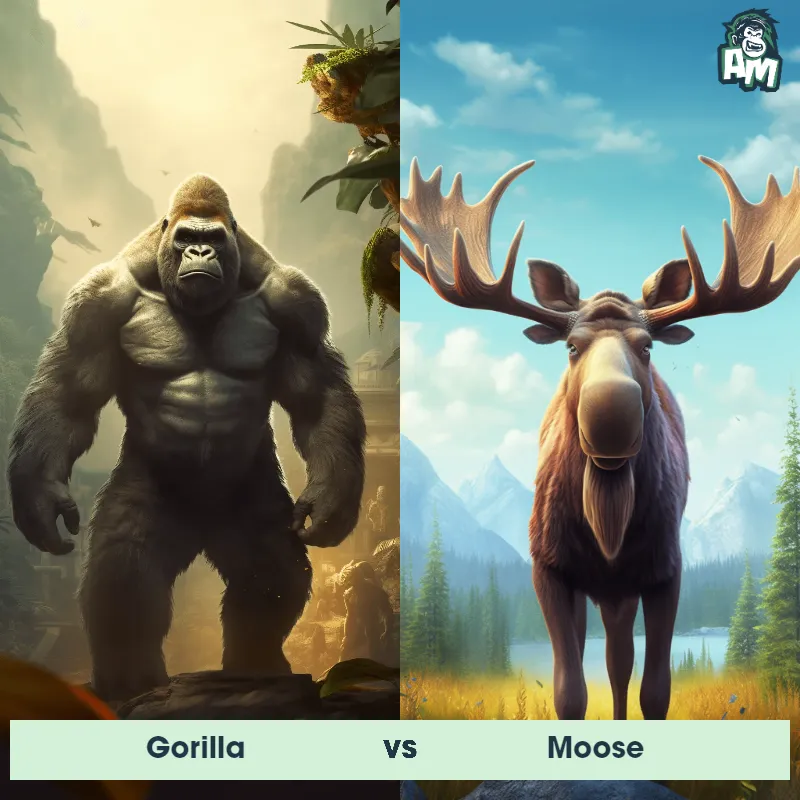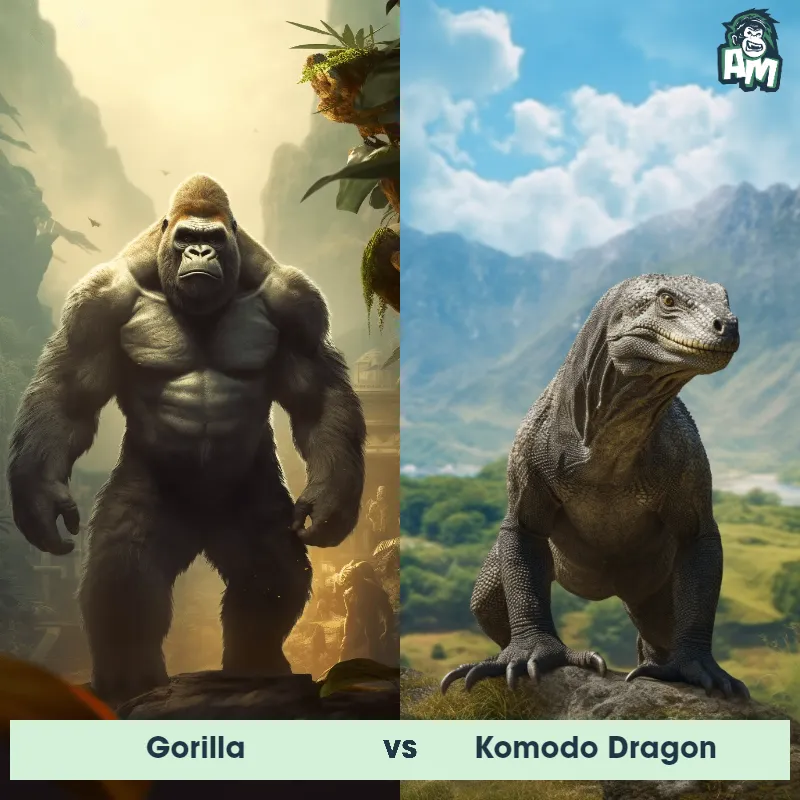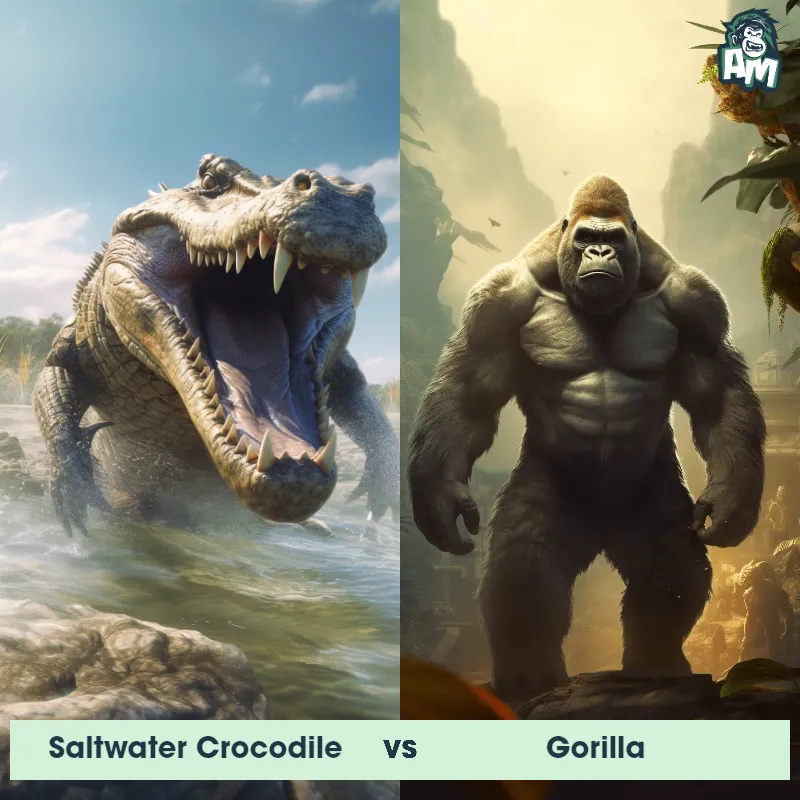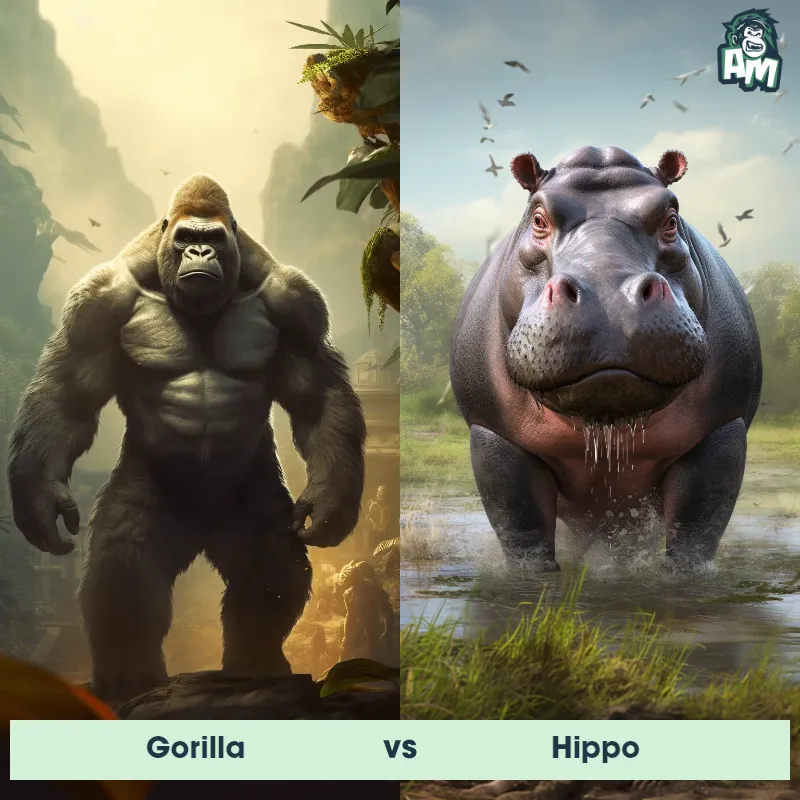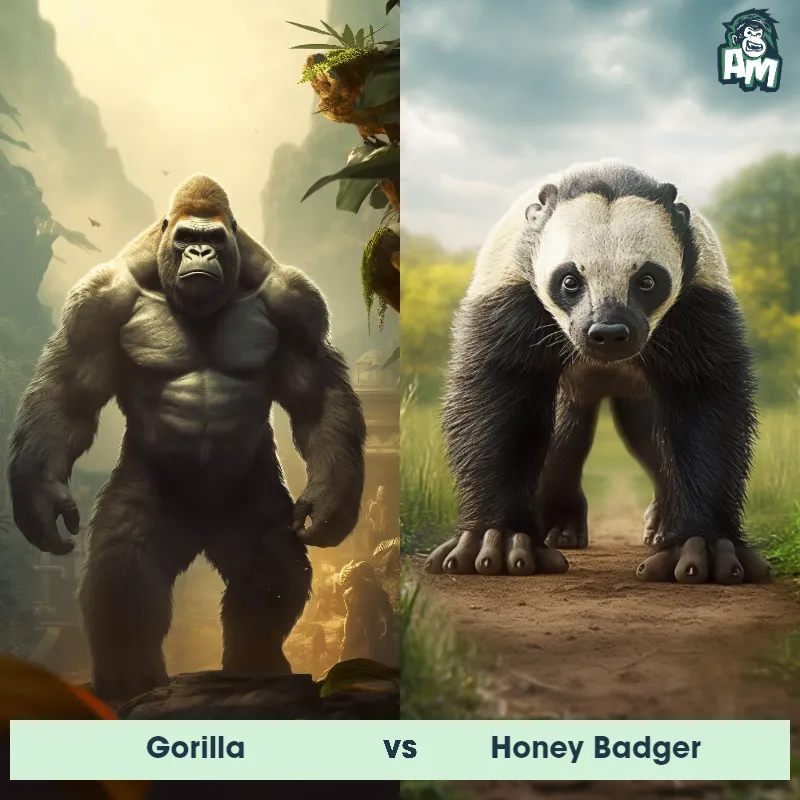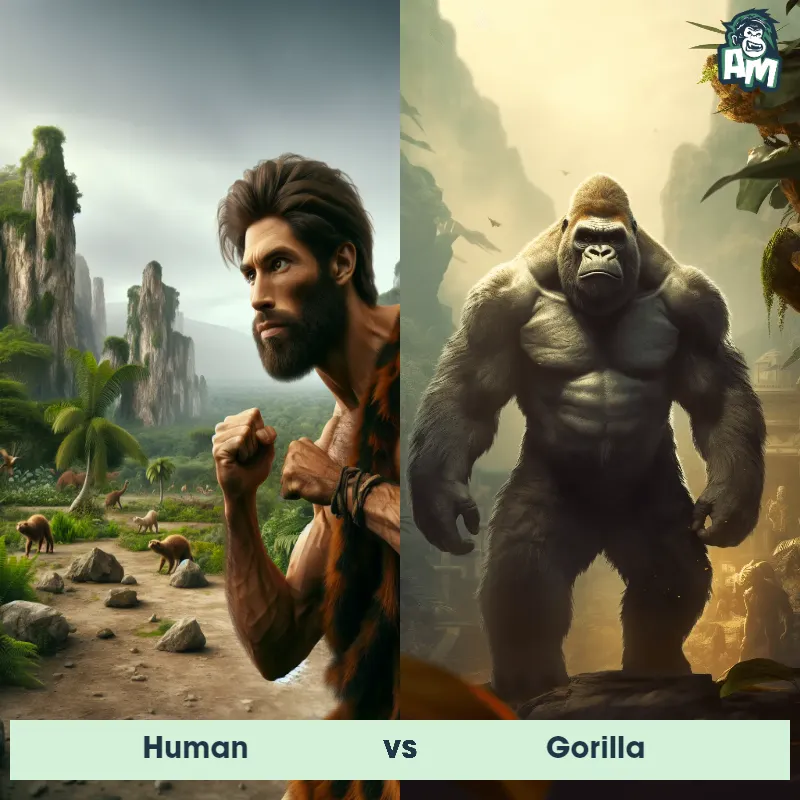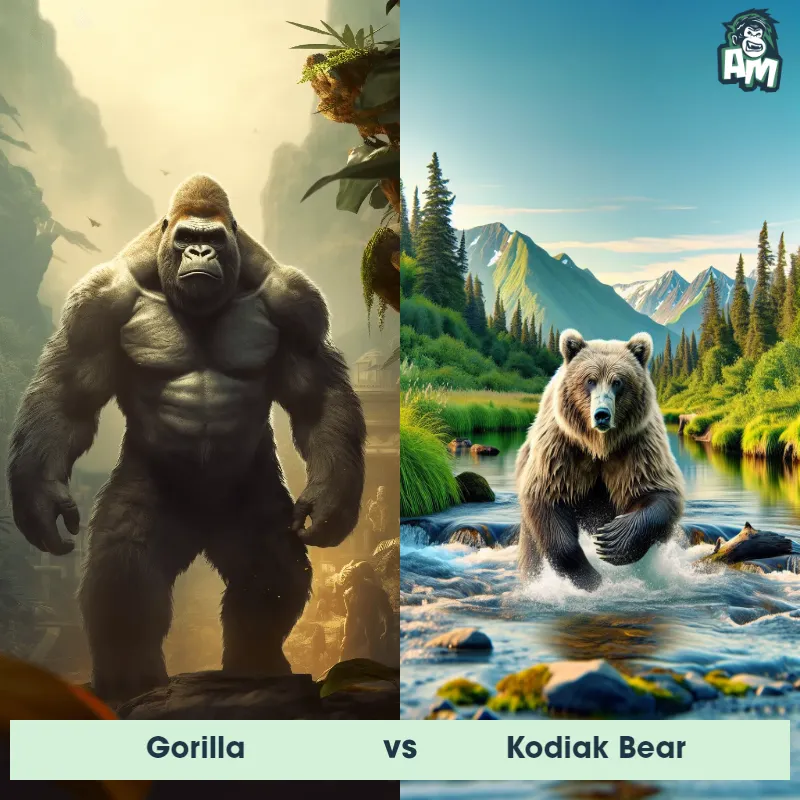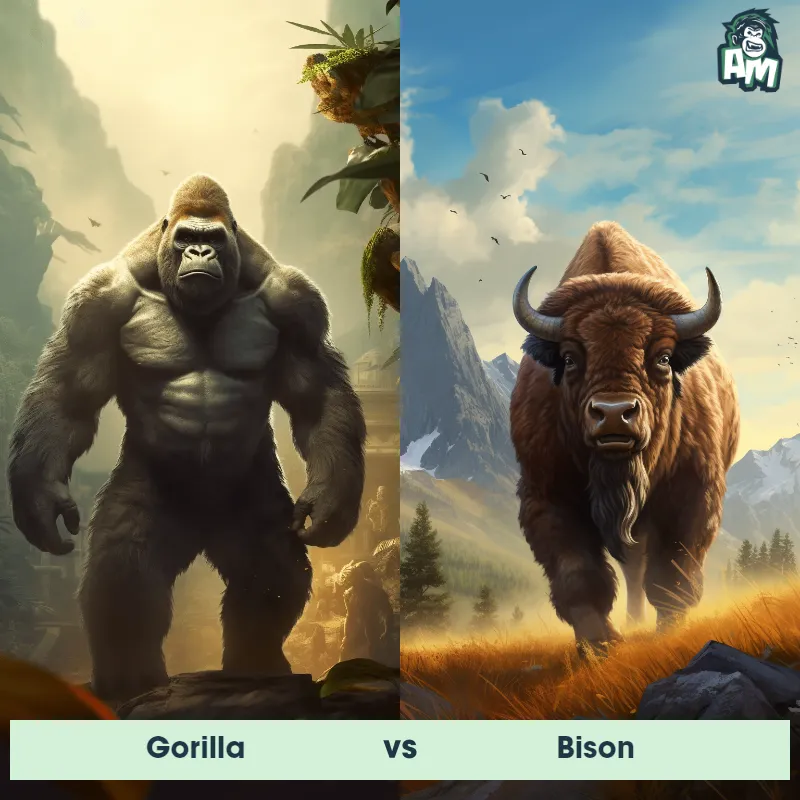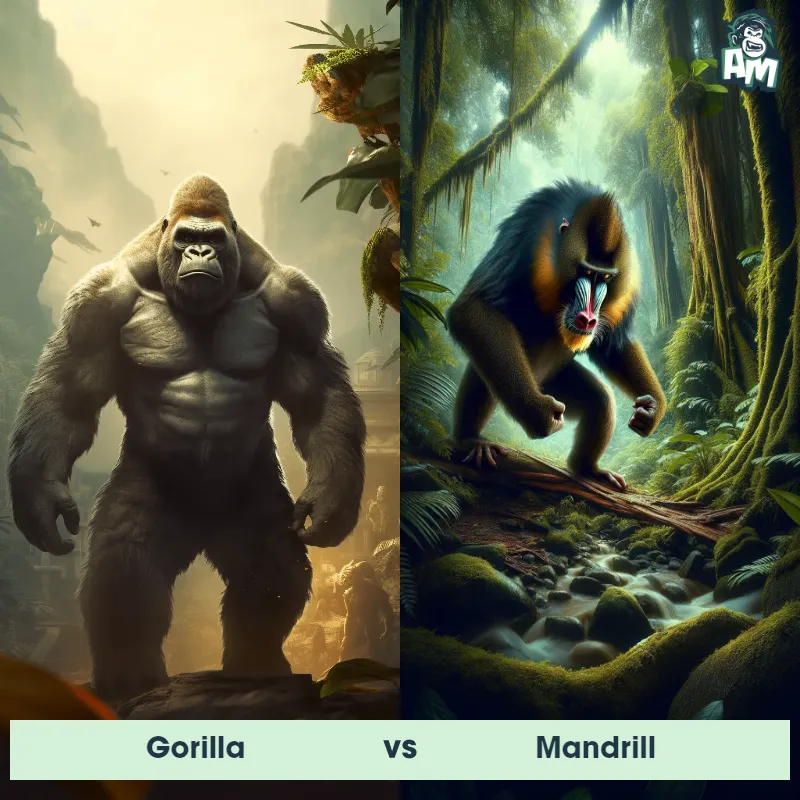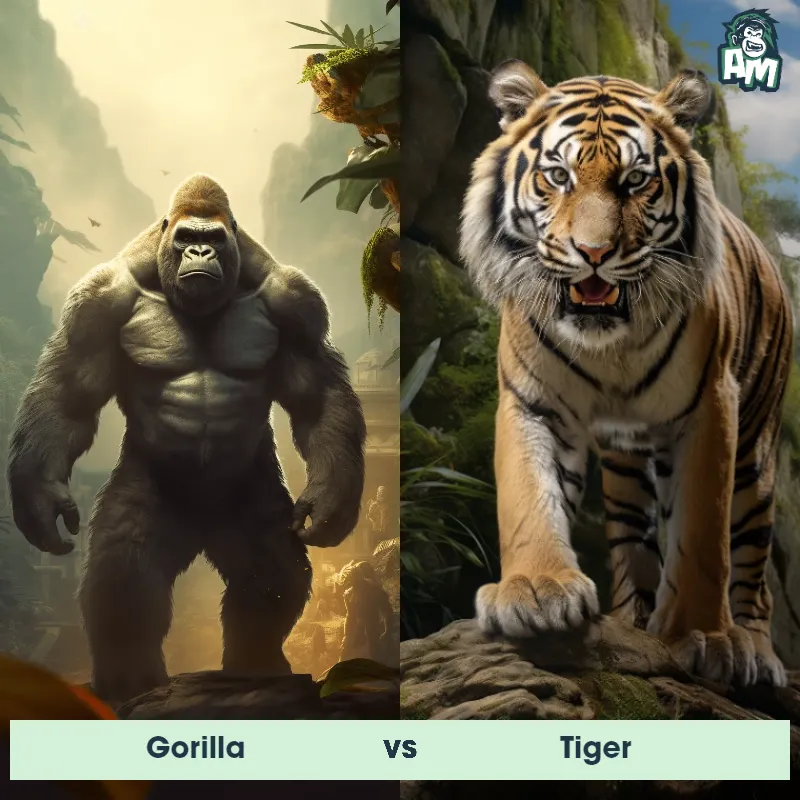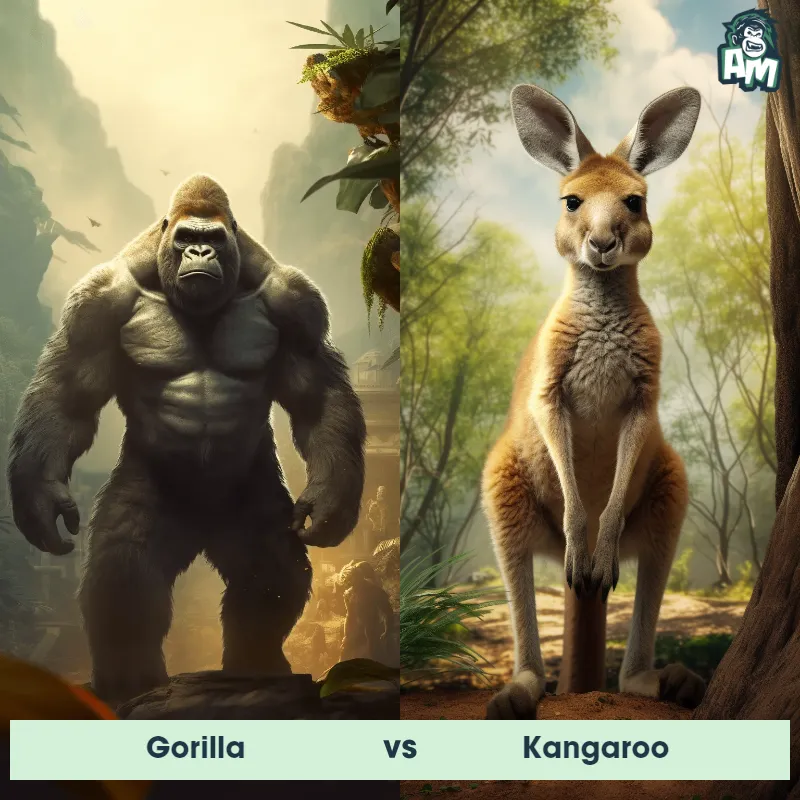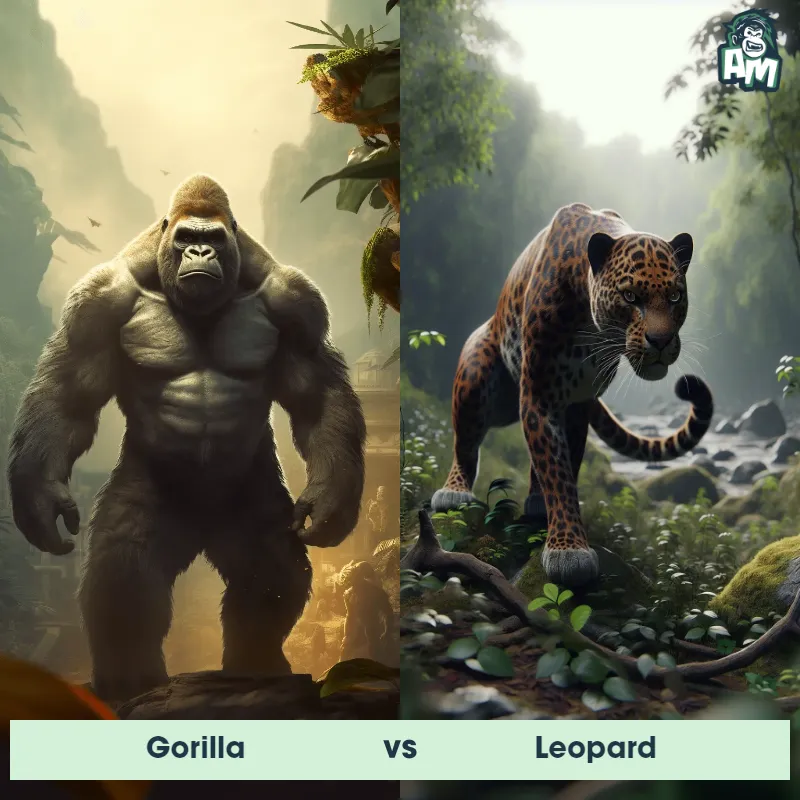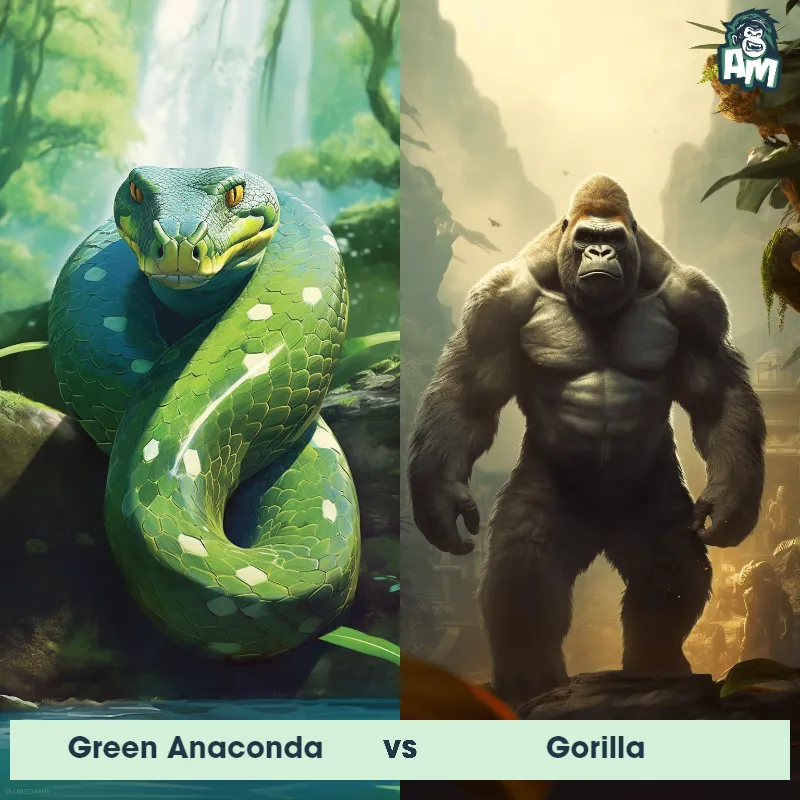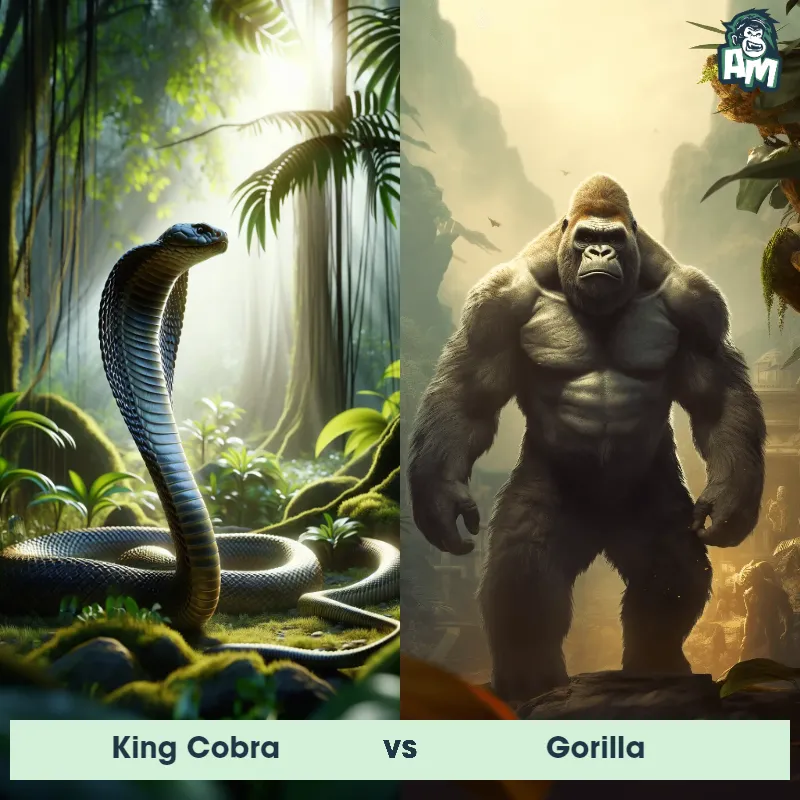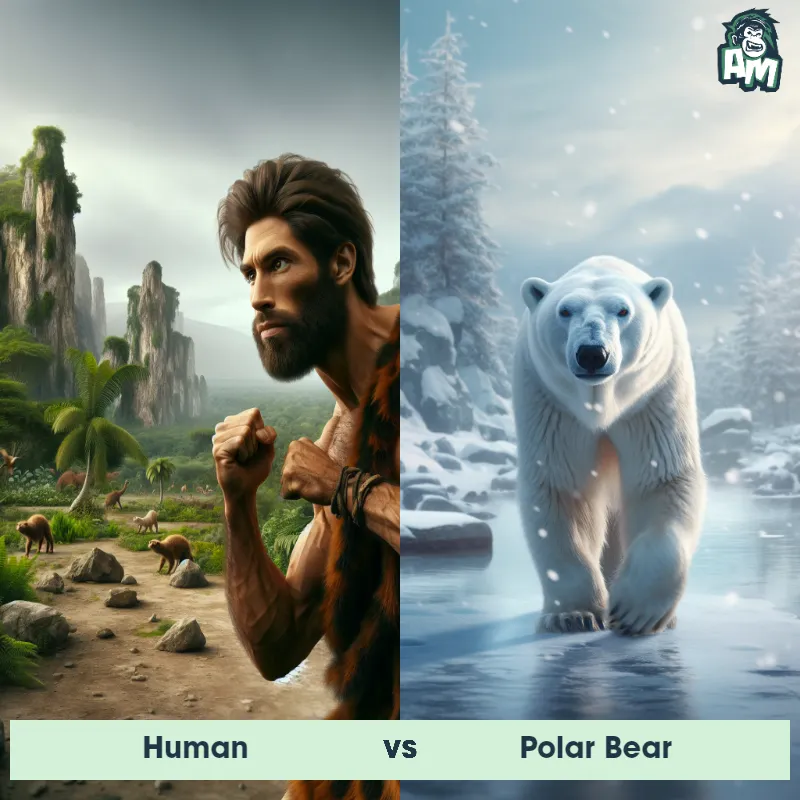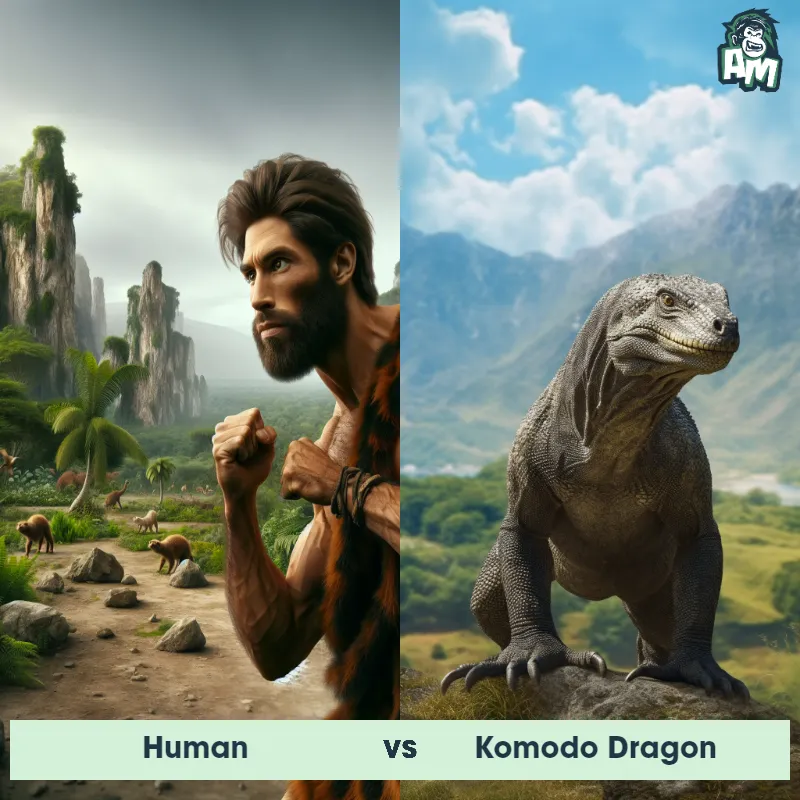Bonobo vs ChimpanzeeSee Who Wins
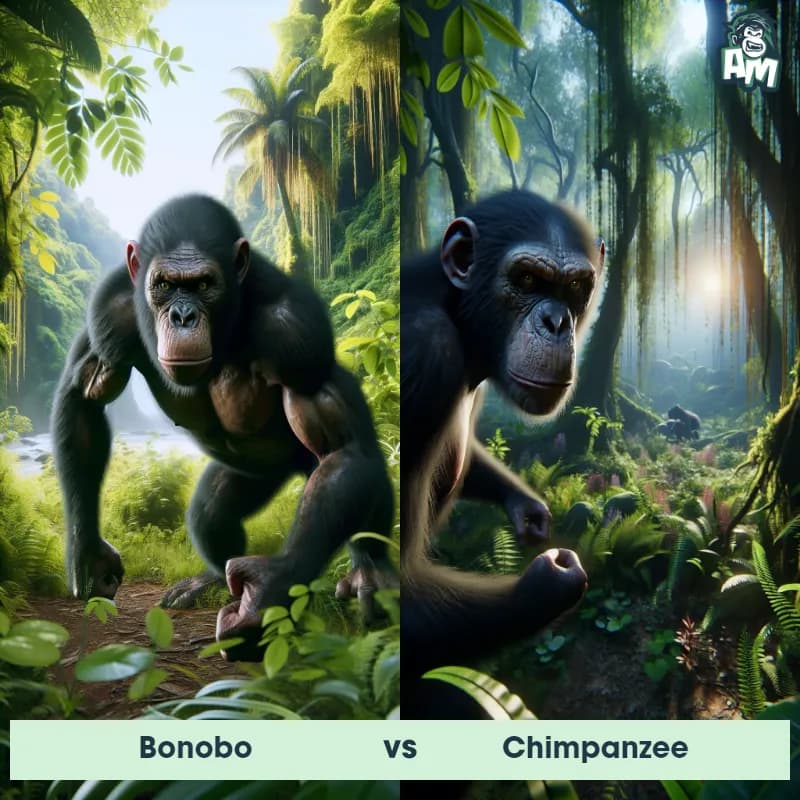
Ladies and gentlemen, welcome to this thrilling matchup between two fierce competitors in the animal kingdom. We have a fascinating showdown between the Bonobo and the Chimpanzee, both known for their remarkable strength, agility, and cunning. As the tension builds, let's see how these incredible creatures fare in this three-round fight.
Contender 1: Bonobo
The Bonobo, also known as the pygmy chimpanzee, is an endangered species of great ape native to the rainforests of the Democratic Republic of Congo in Central Africa. They are closely related to humans and share 98.7% of their DNA with us. Bonobos are characterized by their slender bodies, long arms, and a short, bushy tail. They have black hair covering a pink face and a prominent forehead. Known for their intelligence and social behavior, these primates are arboreal and mainly spend their time on the ground in large and cohesive groups called communities.
Fun Fact: One fascinating fact about Bonobos is that they are known for their peaceful and loving behavior, which has earned them the nickname "hippie" or "make love, not war" apes. Unlike other primates, Bonobos are less aggressive and resolve conflicts through sexual interactions, displaying a unique form of social bonding and conflict resolution.
Contender 2: Chimpanzee
The Chimpanzee, a highly intelligent primate and our closest living relative, inhabits the forests and woodlands of central and West Africa. These social creatures possess a robust and muscular build, with an average height of about 3 to 5 feet and a weight ranging from 70 to 130 pounds. Famed for their dexterous hands and opposable thumbs, chimpanzees are remarkable tool users, employing sticks to collect termites and rocks to crack open nuts. They have a keen sense of hierarchy within their communities and communicate using a variety of vocalizations, gestures, and facial expressions.
Fun Fact: One fascinating fact about Chimpanzees is that they have been observed using tools not only for feeding purposes but also for social interaction, engaging in behaviors like leaf clipping, trunk dragging, or throwing rocks as forms of non-verbal communication.
Matchup Stats
| Bonobo | Chimpanzee | |
|---|---|---|
| Size | 3 to 4 ft (91 to 122 cm) | 3 to 5 feet (0.9 to 1.5 meters) |
| Weight | 66 to 86 lbs (30 to 39 kg) | 70 to 130 pounds (31 to 59 kilograms) |
| Speed | 4 mph (6.4 km/h) | 25mph (40km/h) |
| Key Strength | Agility and dexterity | Strong arm and upper body muscles |
| Biggest Weakness | Lack of physical aggression | Vulnerable to attacks from the back |
Current Votes
Bonobo vs Chimpanzee
See Who Wins
View More Matches
Looking For More?
Similar Matches
Scientific Stats
| Bonobo | Chimpanzee | |
|---|---|---|
| Scientific Name | Pan paniscus | Pan troglodytes |
| Family | Hominidae | Hominidae |
| Habitat | Rainforests | Forests and woodlands |
| Geography | Democratic Republic of Congo, Central Africa | Central and West Africa |
| Diet | Primarily frugivorous, also eats leaves, stems, and insects | Omnivorous |
| Lifespan | 25 years - 40 years | 40 years - 60 years |
Key Differences between Bonobo and Chimpanzee
- Body proportions: Bonobos typically have a more gracile body structure compared to chimpanzees, which can appear more robust and muscular. This is often noticeable in their longer limbs and more slender torsos.
- Size: Bonobos are generally smaller in size than chimpanzees, with adult males weighing between 70-83 pounds (32-38 kg) and measuring around 3.6-4.6 feet (1.1-1.4 meters) in height, while male chimpanzees can weigh up to 130 pounds (60 kg) and stand 3.9-5.6 feet (1.2-1.7 meters) tall.
- Coloring: Bonobos typically exhibit a lighter coloration, with their hair ranging from light brown to black. Chimpanzees, on the other hand, may have hair ranging from black to dark brown, occasionally tinged with reddish or bronze hues.
- Hair coverage: While both species have a dense covering of hair, chimpanzees commonly have thicker and darker hair overall, giving them a more shaggy appearance. Bonobos, by contrast, generally exhibit lighter and less dense hair, often appearing more fine or even slightly frizzy.
- Facial features: Bonobos possess a slightly more elongated face with a higher forehead and narrow cheeks. Chimpanzees, on the other hand, tend to have a more rounded face with a flatter forehead and prominent cheekbones.
- Features of sexual swelling: Adult female bonobos have a more pronounced sexual swelling, or "estrous swelling," compared to female chimpanzees. This swelling is larger and more visible, often extending to the lower abdomen or upper thighs, particularly during their fertile period.



